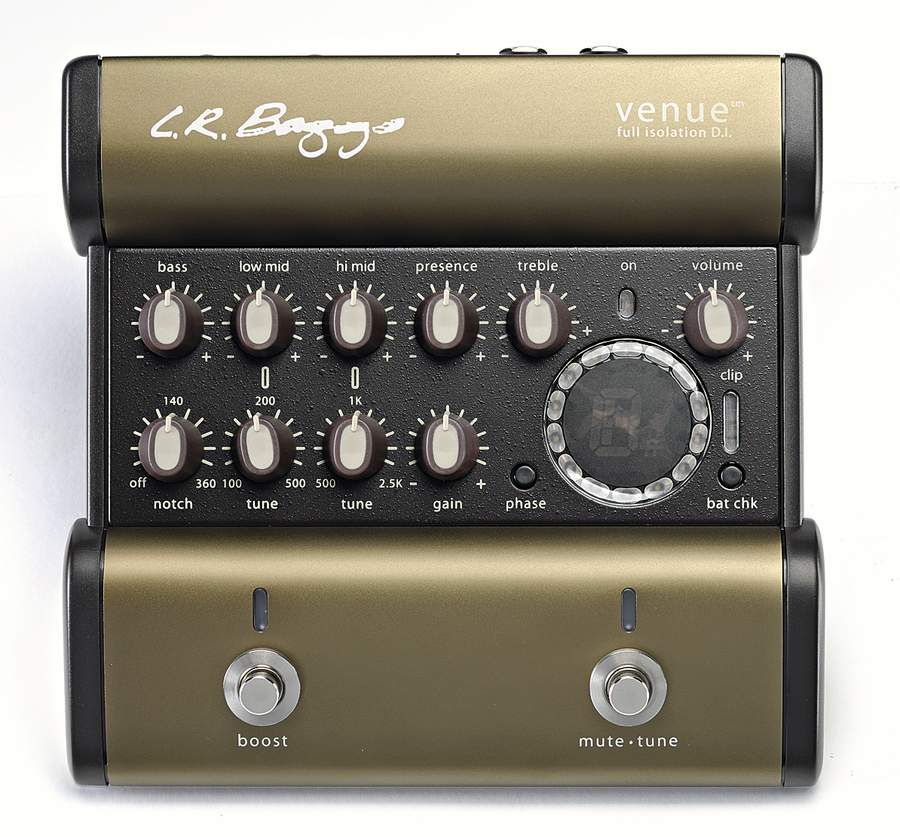7 Tips for a Successful Solo Gig
These essential dos and don’ts will stand any guitarist in good stead.

There’s nowhere to hide when you go it alone acoustically, but here are a few things to consider in order to make your show as musically interesting and entertaining for the audience as possible.
1. If You’re Playing Near Home, Go Big…
Bring as many guitars as you can manage. If you’ve got a ukulele or mandolin you can incorporate into the set, do it. Folks like to see solo performers play different instruments, and most people – especially other players – simply dig looking at musical gear. It’s also great for starting conversations before and after the show.
2. Otherwise, Travel Light
When driving a small vehicle or flying, bring your most versatile instrument – which is usually a mid-sized acoustic-electric setup to accommodate a variety of plucking and playing styles. If 12-string is a big part of your thing, there’s simply no substitute. Otherwise, fake it with a chorus pedal. I recommend keeping your essential acoustic pedals separate from your electric ones and on a dedicated “acoustic” pedalboard. Save money when flying by packing it smartly in bubble wrap inside a piece of standard hardshell luggage, rather than paying weight overage fees for a heavy-duty case on every trip. Or, consider a handy all-in-one pedal.

3. Soundcheck Before the Show
Do a thorough soundcheck of all your gear at home, because you might not get one at the club. Have a handle on the various characters of your instruments and the settings on your pedals. At the venue, it should all be about dialing in that specific room. If you can speak the language of frequencies, the sound tech will appreciate it. Andy McKee, for example, keeps a list of notes and their corresponding frequencies, so when there’s a feedback issue with a certain note on his fretboard, he can speak specifically about where to cut or boost the mixer EQ.
4. Strategize Your Set List
Flexibility is at your fingertips with no band to worry about, but it’s good to have a strategy and at least arrange your tunes into clusters that work well together. Tunings are key to such groupings, and if you’re switching guitars, then it’s paramount to have groupings so that you don’t spend half the show picking up and putting down variously tuned instruments. Learn which guitars hold which tunings best and lend themselves to certain styles. Plan your set accordingly.

5. Mix It Up
In addition to tunings, consider keys, tempos and the blend of instrumental to vocal tunes. Two or three songs in the same key become bland, but a couple in a row can work – especially if they are at different tempos. Bob Weir does a cool thing where he places the second song in the same key at exactly half or double the tempo of the one before. Consider tones, as well. Songs with groovy ambiance can sound even more interesting when placed between dry ones, and vice versa.
6. Expand
Looping is the most common way for the modern solo-acoustic performer to expand sonically. It’s an awesome tool in any case, but live looping is much more exciting than preset loops. Adding percussive guitar hits to expand the sound is practically its own genre – and it is being taken to extreme levels – but simply adding a select few slaps and taps can be effective. Looping those can provide a firm groove foundation to play over. If you’re a singer, consider adding a vocal harmonizer to expand the sound of your voice.
All the latest guitar news, interviews, lessons, reviews, deals and more, direct to your inbox!

7. Play Like Your Life Depends on It
No matter what, cherish those minutes onstage, and give it your all, even if it’s a lame scene, a low-paying gig or a poorly attended show. If any of these factors warrant less than your maximum effort, you’ve lost, because then the only gig worth your very best is a sold-out Carnegie Hall.
Check out our pick of 2021's best acoustic guitars here.
Jimmy Leslie is the former editor of Gig magazine and has more than 20 years of experience writing stories and coordinating GP Presents events for Guitar Player including the past decade acting as Frets acoustic editor. He’s worked with myriad guitar greats spanning generations and styles including Carlos Santana, Jack White, Samantha Fish, Leo Kottke, Tommy Emmanuel, Kaki King and Julian Lage. Jimmy has a side hustle serving as soundtrack sensei at the cruising lifestyle publication Latitudes and Attitudes. See Leslie’s many Guitar Player- and Frets-related videos on his YouTube channel, dig his Allman Brothers tribute at allmondbrothers.com, and check out his acoustic/electric modern classic rock artistry at at spirithustler.com. Visit the hub of his many adventures at jimmyleslie.com
